2-1 Nap Transitions; Signs, Tips and Advice
There comes a time in a toddler’s life when it’s time to transition from two naps to one. I frequently get asked about this transition, even from clients whose baby is only 4 or 6 months old. The 2-1 nap transition has a well-deserved reputation for being difficult as children adjust to the longer activity times. Here are my tips to help make this nap transition go smoothly.
2-1 Nap Transition Tip #1 : Wait Until It’s Time
Is your child really ready to transition to one nap? Although many people believe that as soon as a child turns one, they can handle being on one nap, this just isn’t the case. The vast majority of children naturally transition somewhere between 15-18 months of age. Forcing the 2-1 nap transition before the child is ready can result in a child becoming very overtired.
2-1 Nap Transition Tip #2: Determine If It’s a Milestone or Transition Time
When toddlers are learning how to pull up, cruise and walk, the new physical skills can lead to overtiredness and nap resistance. Since these milestones tend to happen around the one year mark, it can easily be misinterpreted as a sign to transition to one nap. Review what skills your little one has been practicing lately. If there has been new developments, then don’t rush to transition just yet. What your child needs is more sleep right now as they recover from all the new exercises ;), and bringing the bedtime up earlier will be more beneficial than switching to one nap.
2-1 Nap Transition Tip #3: Know the Signs
If your child is between 15-18 months and they’re not going through a milestone, the next step is to determine if they’re showing the signs to transition. Very often, we will see one or more of the following…
- The child starts taking a long time to fall asleep for the morning nap which then pushes the afternoon nap too late
- The child easily takes a long morning nap, but then refuses the afternoon nap
- The child plays right through either the morning or afternoon nap and doesn’t sleep
- Early morning wakings star to occur that are not related to being overtired, discomfort or outside disruptions.
2-1 Nap Transition Tip #4: Hang on to Two Naps as Long As Possible
This nap transition tends to be the hardest of all for children to handle, so if you can hang onto the two naps for even a few more weeks, do it. The older your child is, the easier the move will be on their bodies. Even though they may seem to handle the transition well for a few days, it doesn’t mean that after a few weeks it will be the same story. Adjusting to extended wake periods after the transition can be very tiring for children and over time, a sleep debt can begin to accumulate and rear its head. After a few weeks, night wakings and early morning risings can start to occur.
2-1 Nap Transition Tip#5: When Ready, Move Quickly
If your child is ready to move to one nap, move them to a mid day nap as soon as possible. Yes, it will be a stretch and they will be grumpy, but moving the nap this far right away helps twofold:
- It will help to close the gap to bedtime, even if the nap is short, thus helping to prevent early morning wakings from a too-late bedtime.
- The nap is appropriately timed with the body’s circadian rhythms and helps to ensure the most restorative nap possible.
2-1 Nap Transition Tip #6: Keep Bedtime Early!
It’s really important that bedtime is early, super early in fact for the first few weeks. Even if your child consistently takes a solid 2+ hour nap as soon as they transition; adjusting to the longer wake periods takes some time, so respecting their need to go to sleep early for the night is essential.
By following these tips, you will help to keep your toddler well-rested as they transition from 2-1 naps and adjust to the longer days. If you find that you need more help with your toddler’s sleep than this article provides, purchase a consultation to have private, one-on-one help to resolve the issues quickly!
Has your toddler transitioned yet? If so, share your experience in the comments below and remember to join our weekly Facebook Q and A sessions to chat with other tired parents!




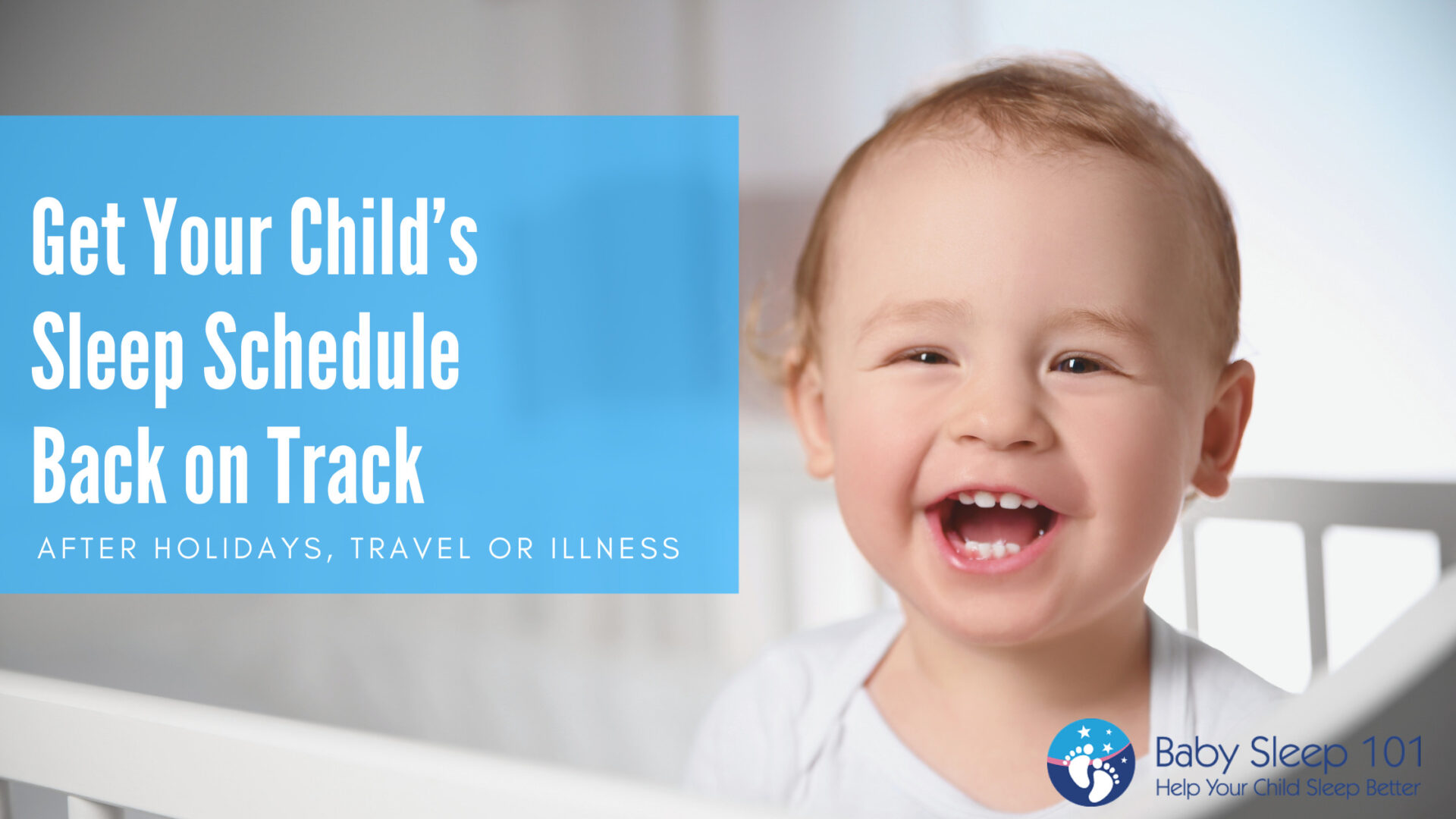
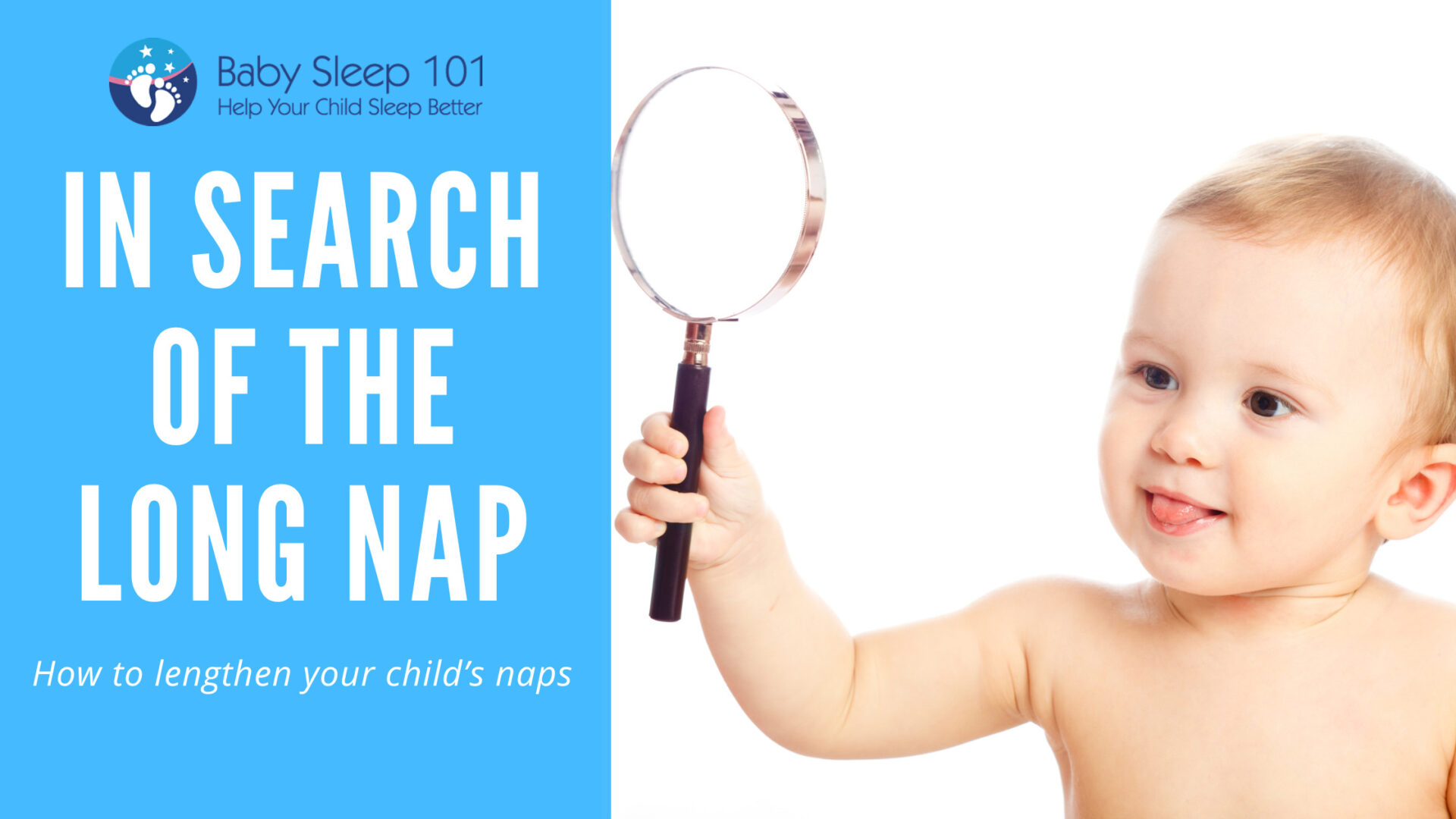


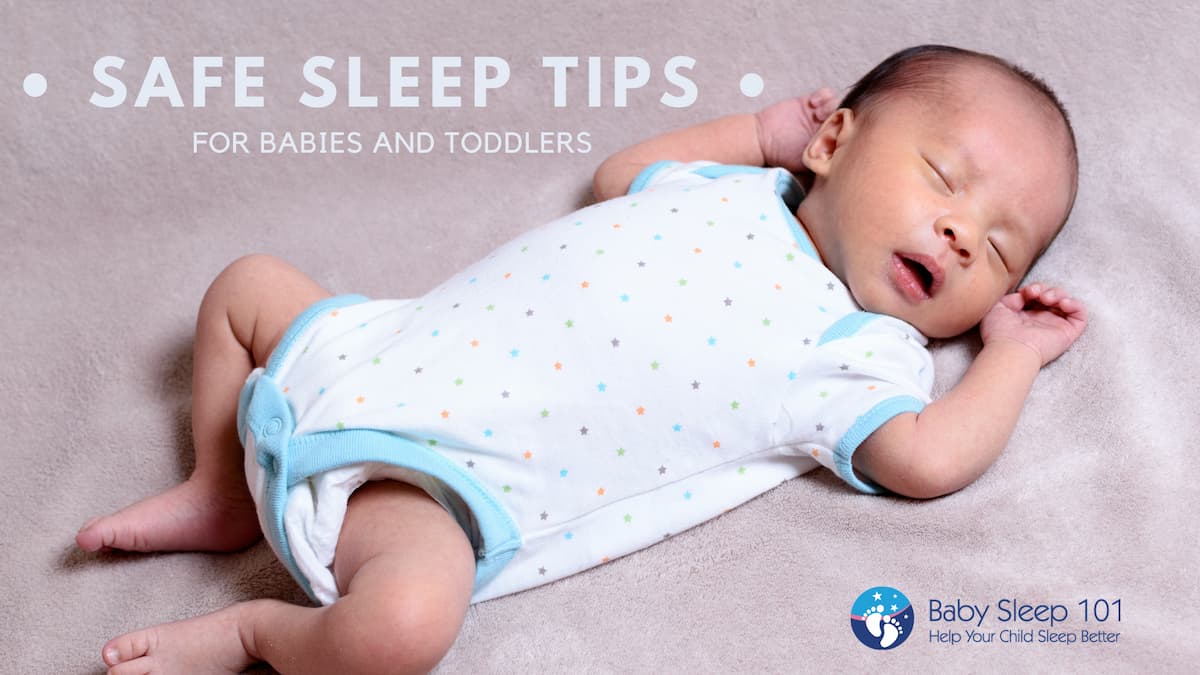
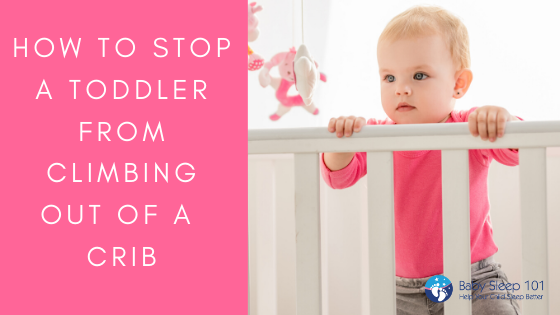
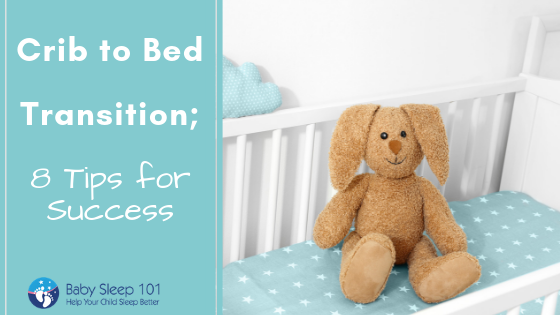


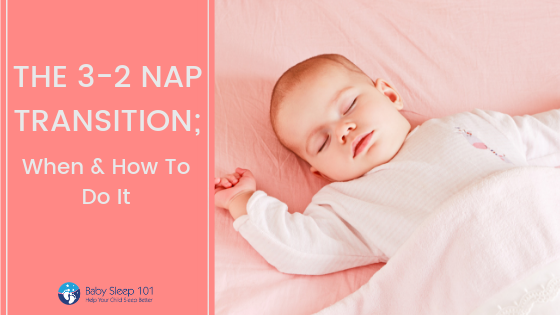

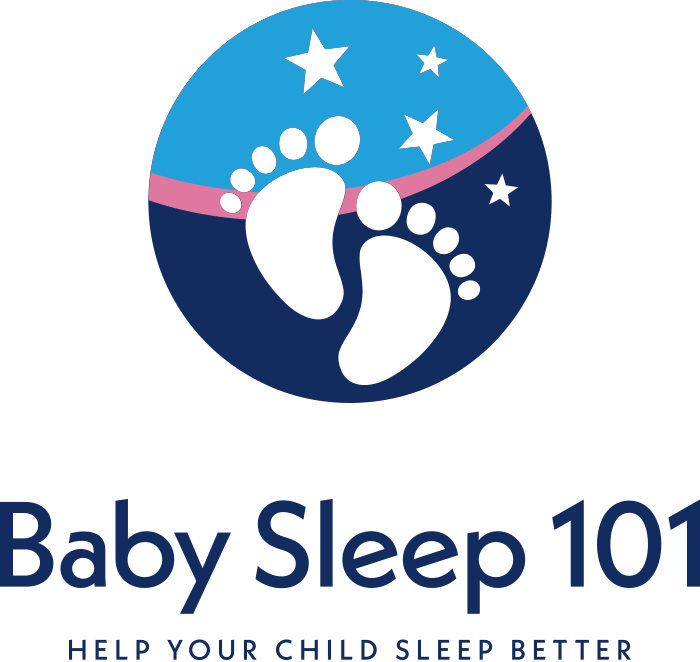
Just wondering what “mid day nap” means? Under #5, it says to quickly move the nap to a mid day nap. Is that 11, 12, 1? We are up at 6 am and bedtime is 6:30 pm. Does taking extremlyblong to fall asleep at bedtime I dicate ready to drop a nap? I’m 100% sure she’s not overtired… Thanks!!
HI Becky,
Around noon, depending on the child and age. 🙂
I have a 12 month old in an awkward in-between stage – some days he has 2 long naps and a couple times a week he struggles to fall asleep for the afternoon nap, sometimes falling asleep almost an hour after putting him down. I know he’s probably not ready to transition (due to age and the fact that he has 2 great naps about 60% of the time) but those days where he skips the afternoon nap leave a LONG gap between nap and bedtime. He’s always been a good napper, puts himself to sleep within minutes at night, and sleeps 7pm-7am consistently. Should I just continue to push that second nap and deal with the few days a week he skips it? Maybe shorten the morning nap? Thanks!
[…] the love affair continued until you hit the 2-1 nap transition somewhere between months 14-18. This is where you and naps hit the lowest point in your […]
My son has been transiting for a little while. When he had 2 naps he went to bed 4 hours after wake up from second nap. How maybe hours should bed time be from nap wake up when he is only napping once? He is 17 months old.
HI Melissa,
You might want to try around 4 hours after he wakes from his nap.
Good luck!
Hi there,
We are in the midst of transitioning our daughter to 2-1 naps. What constitutes an early bedtime? She normally goes to sleep at 7 pm, but we though of having her go to bed a 6:30 p.m. would be a good strategy during transition.
Thoughts?